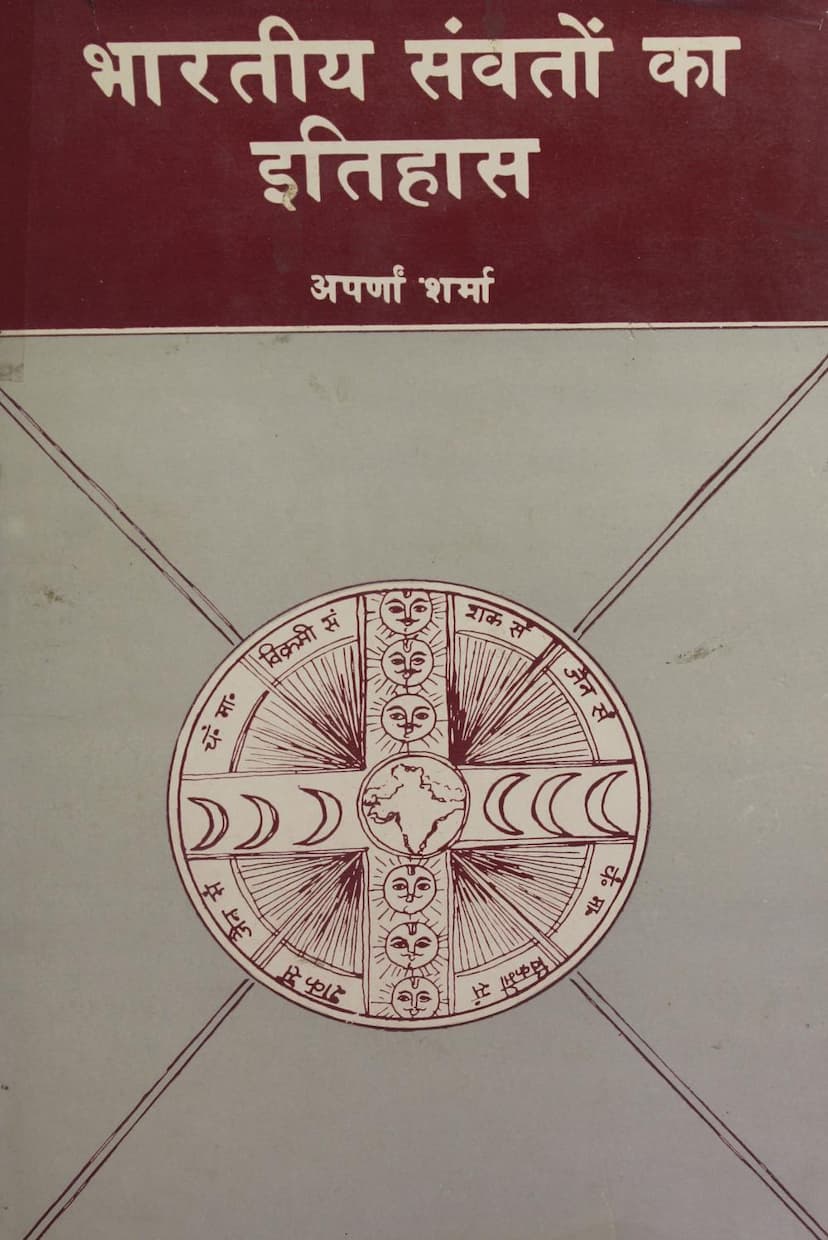Bharatiya Samvato Ka Itihas
Added to library: September 1, 2025

Summary
This book, "Bhartiya Samvaton Ka Itihas" (The History of Indian Eras) by Aparna Sharma, published by S S Publishers, is a detailed study of the various eras and calendars prevalent in Indian history from ancient times until India's independence in 1947. The author highlights humanity's enduring quest for a systematic and refined method of timekeeping to manage life and track the passage of time. This led to the independent development and mutual influence of astronomical and astrological calculation methods across the globe.
The book focuses on the evolution of Indian timekeeping systems, exploring foreign influences and detailing forty-four distinct eras that originated in India from ancient times up to independence.
A key objective of the book is to inform readers about the "Rashtriya Samvat" (National Era). This era was initiated by the Indian government after independence, following a review of various prevalent eras and calculation methods to refine time measurement. The book delves into the reasons why this national era did not gain widespread acceptance as India's official national calendar.
The text also addresses fundamental questions regarding the relationship between history and eras, and the role of a national era in fostering national unity.
The book is structured into five chapters:
- A Brief History of Time Calculation, Units, and Various Cycles: This chapter provides an overview of timekeeping, its units, and different cyclical systems. It briefly touches upon the development of calendars and timekeeping globally, with a specific focus on the history of Indian calculation methods and foreign influences. It also discusses the concepts of indigenous Indian timekeeping elements versus foreign impacts, citing views from both foreign and Indian scholars. Various Indian timekeeping cycles are mentioned, including the Panchavarshiya Chakra, Saptarshi Chakra, Brihaspati Kala (Chakra), Parashuram Chakra, and Graha Parivarti Chakra.
- Eras Related to Religious Narratives: This chapter details eras connected to the lives of religious leaders, prophets, or deities, often linked to significant events like birth, enlightenment, or liberation. Many of these are still in practice but are primarily used within specific religious communities for religious purposes.
- Eras Commencing from Historical Events: This chapter focuses on eras that began with historically verifiable events in Indian history. Despite differing opinions on these events, it's acknowledged that they likely occurred around the stated probable dates. The primary objective behind initiating many of these eras was to assert the political sovereignty of the ruling kings, while some also served the purpose of political power display combined with religious propagation.
- Interrelationship and Current Status of Various Eras: This chapter discusses the common elements across many prominent eras and mentions fundamental components of current calculation systems like Chandraman (lunar calculation), Suryaman (solar calculation), and Chandrasaurman (luni-solar calculation). It also describes some of the calendars currently in use in India.
- Origins of the Large Number of Eras in India and the Current National Calendar: This chapter examines the reasons behind the proliferation of eras in India and also identifies factors that contributed to the limitation of their numbers. It specifically mentions the modifications made to the Shak Samvat by the Indian government when adopting it as the national calendar and offers a critique of the current national calendar.
The "Conclusion" chapter offers suggestions for improving the current national calendar to better represent the Indian nation and explores what the form of the Indian national era should be.
The appendix includes tables that provide the commencement years of Indian eras in the Christian era and their current prevalent years based on different calendars. For eras that are no longer in use, their approximate current years are also estimated.
The overall objective of this research dissertation is to provide an analytical study of Indian eras and the development of timekeeping methodologies. It aims to explore how various eras prevalent in Indian history have influenced historical understanding and to propose a calculation method and an era that would be suitable for contemporary Indian conditions, fostering national unity and aiding in historical writing and the study of ancient history.
The author, Dr. Aparna Sharma, expresses gratitude to her grandfather for inspiration, to Dr. S.K. Sharma for assistance with obtaining materials and translation, to Mrs. Shashi Kanta, Mr. Aniruddh Sharma, Mr. Rajiv Sharma, and Mr. Ajay Sharma for their help, and to Dr. D.S. Trivedi, Dr. Virendra Verma, Dr. Satyásva, and Dr. Satyavetsu Vidyalankar for their guidance and the valuable material from their writings. She also thanks her family, especially Dr. B.D. Sharma and Mrs. Rajbala Sharma, for their support, and the staff of various libraries for their assistance. She extends her heartfelt thanks to Dr. K.K. Sharma for his invaluable time, guidance, and support.